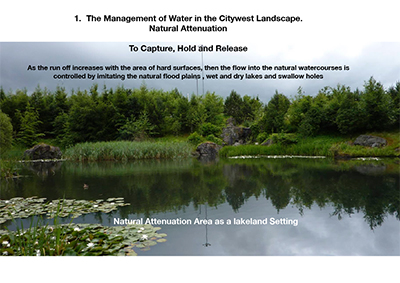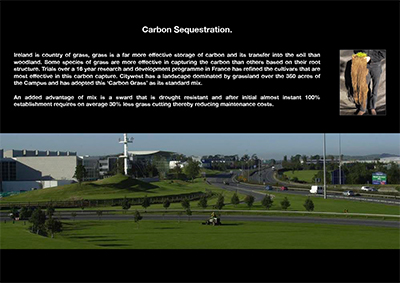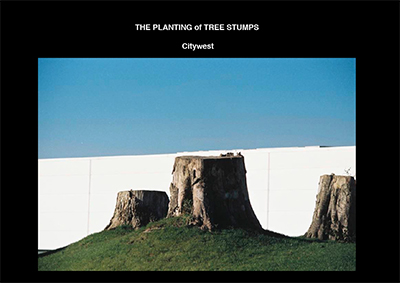The Sustainability of the Landscape at Citywest
Citywest has developed in a sustainable way from its beginning in 1992, except that it was called good husbandry at the time. It did this by respecting and working with nature.
Sustainable examples include ;
- The management of rainfall by the use of attenuation hollows acting as dry lakes and swallow holes that filled and emptied at a controlled flow rate. These hollows then become a landscape feature.
- By the creation of waterbodies that include weirs, waterfalls and cascades that aerate the water.
- Planting and management of woodland nurseries from providing acclimatised and naturally formed plants.
- Introducing a carbon grass mix to increase carbon sequestration and reduce cuts by 30%.
- Supporting and working with a Trinity based research programme to measure and monitor landscape health.
- The use of landform to ameliorate local climate conditions, and without disturbance of removal of soil off site.
- Development of wildflower meadows of a range of mixes and locations.
- Incorporating dead and decaying wood as part of an age structure, playing an important role in providing wildlife habitats and diverse ecosystems
- The use of reed beds in providing wildlife habitats and the improvement of water quality.
Click on the thumbnail above to view the PDF document.
Click on the thumbnail above to view the PDF document.
Click on the thumbnail above to view the PDF document.
Click on the thumbnail above to view the PDF document.




